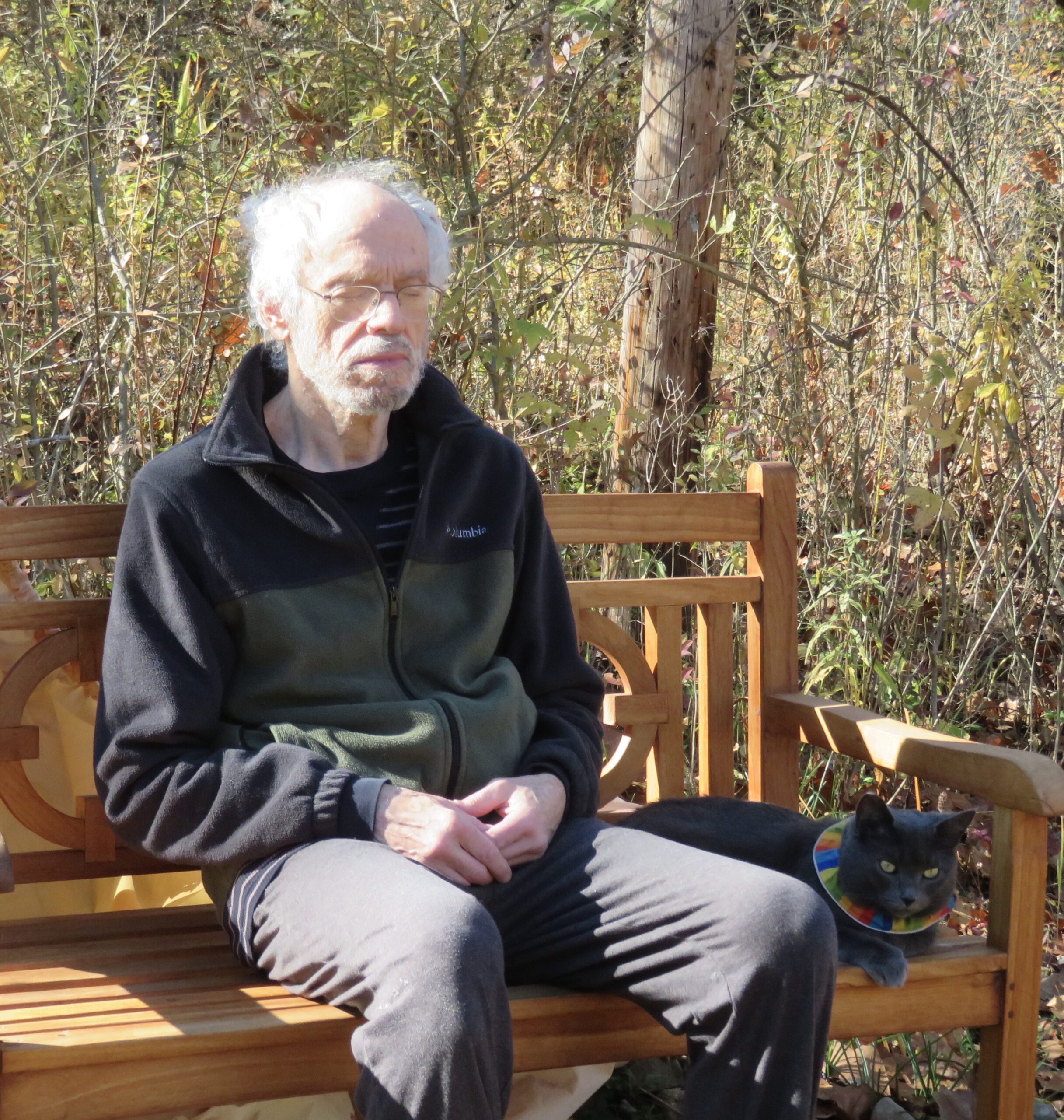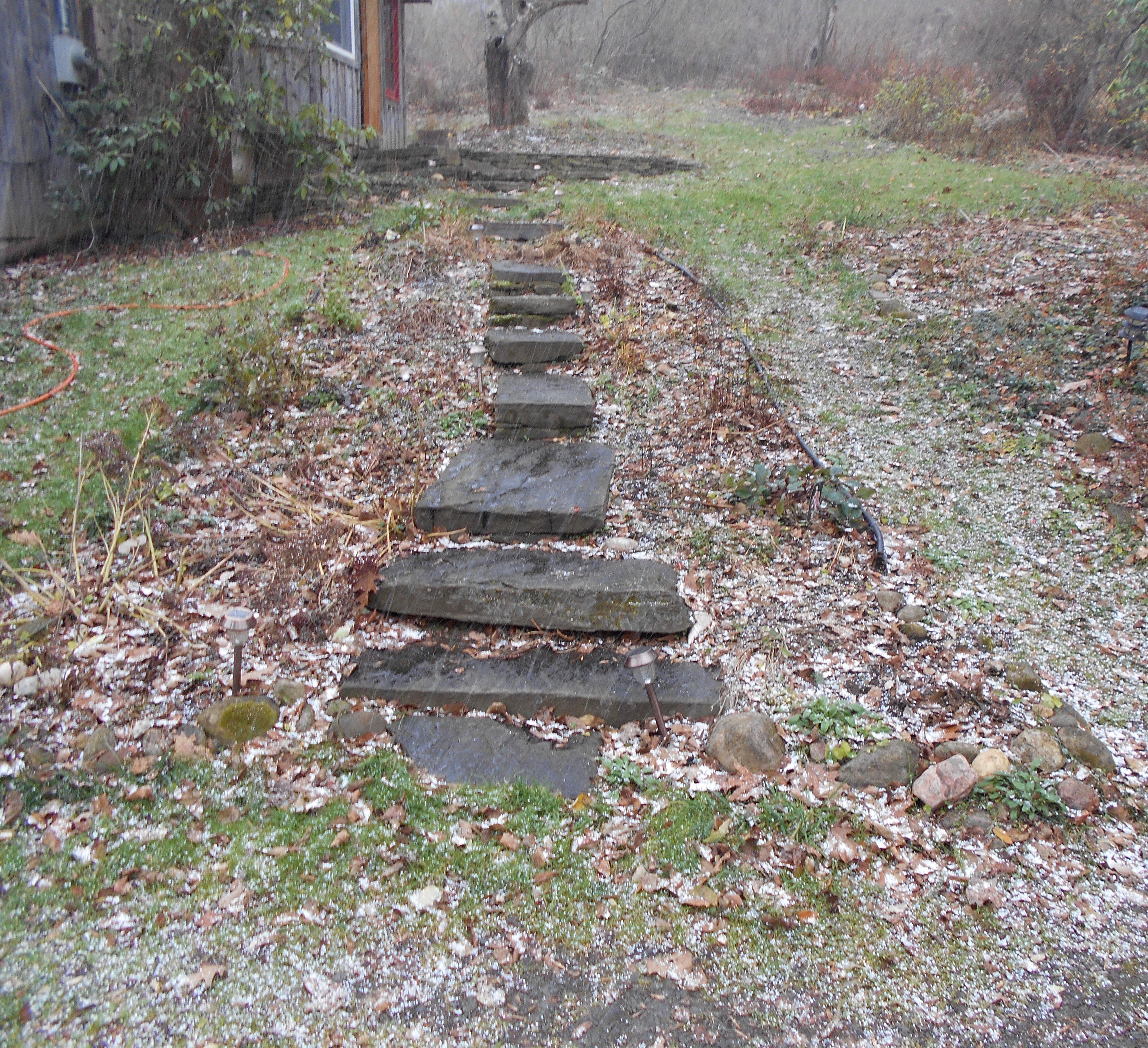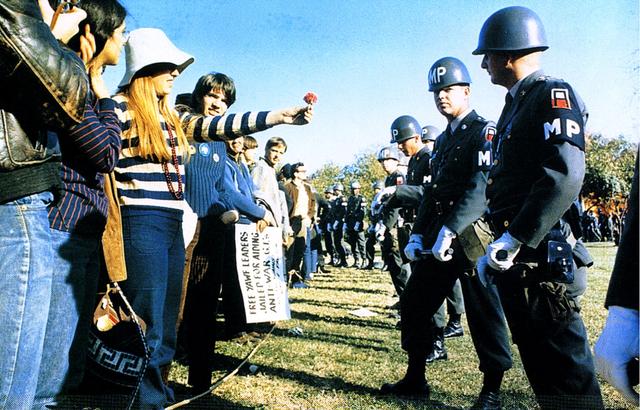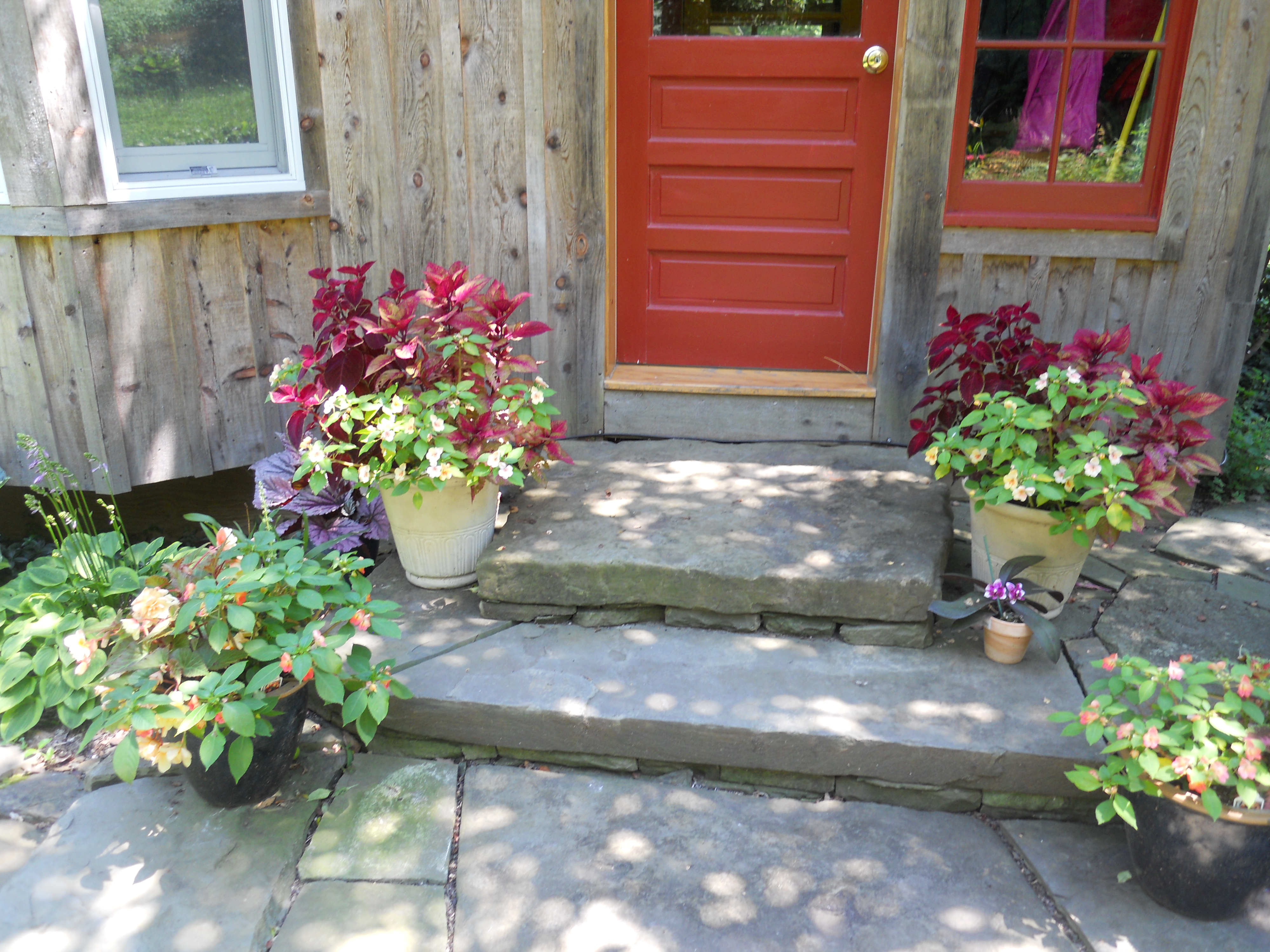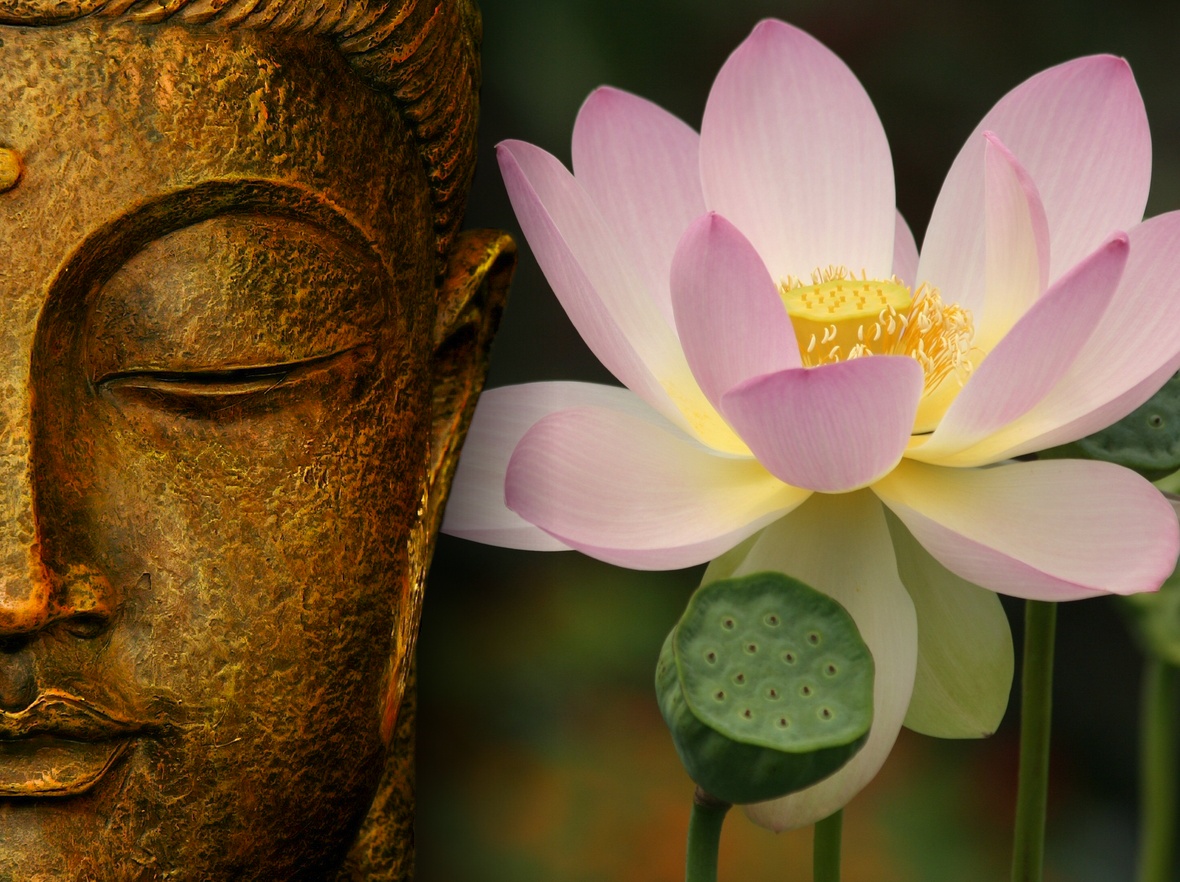Bringing mindfulness practice into a classroom is one of the most productive and helpful things you as a teacher could do for your students and yourself. There is so much that mindfulness can teach you, about your own mind, about the relationship between your mind and the environment around you. So don’t even think of mindfulness as something you are teaching students. Instead, think of it as sharing something you enjoy and find beneficial. Think about it as something which facilitates a positive educational relationship between you and your students.
When you lead students in the practice, make leading your practice. Only introduce in the classroom what you yourself have digested. That way you lead not from something you have read about or memorized but from your own awareness in the moment. You open yourself to your own mind in order to be in touch with what the students are experiencing. You face your thoughts, feelings, sensations, fears, joys to show students that it can be done. And by entering the classroom with the mindfulness you have developed in your own practice, you illustrate the benefits of practice.
So you can’t lead students in mindfulness unless you practice it on your own. As my Karate teacher, Hidy Ochiai, said, “You can’t give what you don’t have.” If you don’t want to practice mindfulness yet, you can still start the class with silence or progressive relaxation and imagery. Sometimes, I ask students to listen to a singing bowl and determine how long they can hear its fading song.
Only if you are familiar with the inner landscape revealed by mindfulness can you lead students through it. If you don’t practice, students will know it. Just be honest with students when answering questions. If you don’t know something, say so.
When I first started introducing mindfulness to my classes, I never led a practice until students asked me to do it. I wanted to give them a sense of autonomy, control. I always talked first about research on the benefits of mindfulness and how it had benefitted me. I told stories about proficient meditators. I wanted to make it personal, real, exciting. One story was about the man many neuroscientists and magazines called “the happiest man alive,” Mathieu Ricard. Ricard holds a doctorate in Biology and is a Tibetan monk. A few of my students and I heard him speak at a conference on education and thought that he was one of the most incisive speakers we had ever heard. The result of all this was that students almost pleaded with me to give them instruction and time to practice.
In magazines and books on mindfulness, experts talk about practicing because it decreases stress and anxiety, improves focus, attention, and emotional clarity. But there is a hidden danger here. The answer to the question, “Why practice mindfulness?” is not to reduce stress, etc.. Practice mindfulness in order to practice mindfulness. Practice mindfulness because when you’re mindful you’re more fully awake in your own life. If you practice in order to reduce stress, what happens when, in your practice, you feel stressed? Or you feel frightened? Or bored? You then turn away. You feel like your experience was bad and that you were unsuccessful. No. If you feel your stress, but aren’t controlled by it, you were very successful. When you feel sensations and thoughts associated with stress as something you can study and learn from but don’t have to respond to, then you can let them go. When you notice your habitual response to a situation or sensation, then you can free yourself from the habit. You feel capable of handling whatever arises.
When you practice, thoughts, insights, fears, memories, and joy all come to you. The object of mindfulness, as I said, is to be aware of all this. This requires that you value that awareness and that the classroom feels like a safe place for you and your students. Before doing a practice, tell your students about the practice and let them chose to participate, sit quietly, or maybe write in a journal.
When I meditate or practice mindfulness, I sometimes get insights into my blog or what I might teach. I value the blog and my teaching, so I get the urge to write down the insight. I fear losing it. But when I begin to write, I am no longer aware of my awareness. I am also no longer in the mindset that fostered my insight. By grasping onto the thought as if it were a valued intellectual possession, I lose the insight-mind and replace it with a grasping mind.
Some teachers who practice mindfulness feel uncomfortable sharing it with students. They have this image of what a mindfulness teacher should be. This image has feelings attached to it, maybe feelings of not being good enough. Treat this image and the attached feelings in the same way that I have to treat my urge to write everything down. Just notice it and let it go. The image and feelings are just a construct that came into your mind only so you could notice how you were thinking and let it go.
Lead mindfulness practice as if it were a gift, not just from you to your students but to you from them, the school and your profession. Invite their participation, don’t pressure it. Then you will inspire your students. Mindfulness will grow. If you try to lead what you don’t value enough to practice, why should the students value it? Mindfulness will disappear. It will become just another good intentioned educational technique that people never committed to enough to make it transformational. Make it transformational for yourself. Commit to the practice and you and your students will benefit greatly.
A note: As I re-read this blog, I feel the influence of Hidy Ochiai in every aspect of it. A good teacher’s influence is ubiquitous. It hits us in unanticipated ways. In this case it made me deeper and kinder. Thank you, Sensei.

